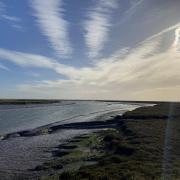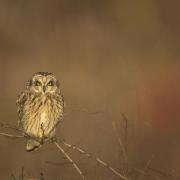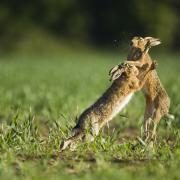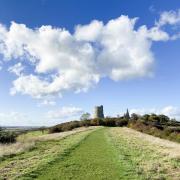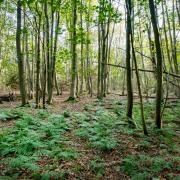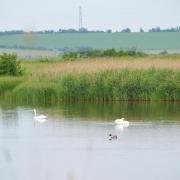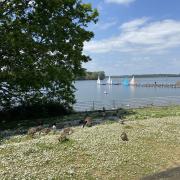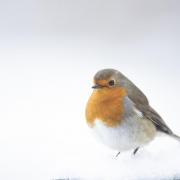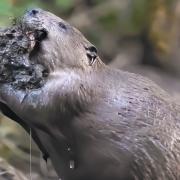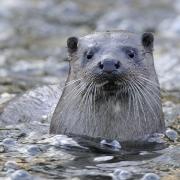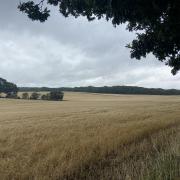This month, woodlands across Essex become a sea of lime greens and purplish blues as bluebells that have been hidden as bulbs beneath the leaf litter all winter, bloom into a carpet of flowers. Jessica Phillipson reveals some of the best places to enjoy these spring flowers in Essex

Pound Wood
This 55 acre reserve near Southend was acquired by Essex Wildlife Trust in 1993 and is one of the largest remaining areas of ancient woodland in south east Essex. Much work has taken place at Pound Wood to improve the nature reserve for wildlife, including coppicing to allow flora and fauna to thrive. This reserve has fantastic spring flowers and the rare Heath Fritillary butterfly is flourishing. There are fine early mediaeval woodbanks, several ponds and many dells where bluebells can be seen. Map reference: TQ 816 888. 01621 862960
Hanningfield Reservoir

Providing panoramic views over the 870 acre reservoir near Billericay, the visitor centre is set in mature woodland and has proved a popular bat roost. 30 acres of the woodland are ancient in origin and spring flowers include carpets of bluebells and stitchwort. There are some really good nature trails on the reserve for all to enjoy and advice is always on hand in the visitor centre to help identify wildlife and to inform visitors of the best locations to see these gorgeous purple flowers. Map reference: TQ 725 971. 01268 711001
Weeleyhall Wood

This 78 acre reserve is one of the finest surviving woods in the Tendring area, although it suffered severely in the 1987 storm. In spring, bluebells carpet almost half the wood, while yellow archangel and climbing corydalis make a fine display. The wood has good numbers of woodland birds, including nightingales, which have increased with the reintroduction of coppicing and many of the more usual butterflies. Map reference: TM 156 212. 01621 862960
Shut Heath Wood

This 50 acre reserve is just below the crest of the Great Totham Ridge and includes 23 acres of ancient woodland forming part of the Chantry Wood complex. A wonderful carpet of bluebells can be enjoyed in the spring and the remaining 27 acres are arable land managed by a tenant farmer. The eastern edge is wet with an open glade and thick scrub areas, which is the best place to see the bluebells. Map reference: TL 853 133. 01621 862960
Bedfords Park
Set in the stunning grounds of Bedfords Park, this historic parkland site of 215 acres affords fantastic views over London and into Kent. The park includes many habitats, such as mature woodland, species-rich wildflower meadows, ponds, streams and marshy areas. The park has wonderful wildflower meadows; there is varied woodland, several ponds and a lake. Bird highlights include all three species of woodpecker, nuthatch and hobby, and wild deer are often seen among the bluebells. Map reference: TQ 520 922. 01708 748646
Get Involved
Wherever you live there is a Wildlife Trust that covers your area. You can support their work by joining your local Wildlife Trust today. Visit www.wildlifetrusts.org to choose the trust you would like to join.
Other woodland flowers to spot in spring:
Wood anemone – flowers March-May, found across the UK, lots grow in groups together.
Ramsons (wild garlic) – flowers April-June, found across the UK and easy to find by their garlic-y smell!
Wild daffodil – flowers March-April, native wild daffodils only grow in a few places in Wales and the west of England. Their much bigger, brighter garden cousins appear everywhere!
Greater stitchwort – flowers April-June, found across the UK and grows to around knee height.
Wood-sorrel – flowers April-May and found across the UK. Look for the three heart-shaped leaves on each stem.
Primrose – flowers March-May, found across the UK and likes woodland clearings.
Dog-violet – flowers April-June and found across the UK. Give them a sniff and you’ll find they have no scent.
Lords-and-ladies (cuckoo-pint) – flowers April-May and has a stalk of bright red berries in autumn. Common across most of the UK, except parts of Scotland.
Fun facts
• In folklore, bluebells are also known as ‘fairy flowers’. It was believed that fairies used bluebells to trap passersby, particularly small children!
• 25-49% of the world’s population of bluebells are found in the UK.
• Bluebells can also be white. These rare individuals lack the pigment that gives bluebells their distinctive colour.
• The bulbs produce an extremely sticky substance which was once used to stick the pages in books and the feathers on arrows.
• The bluebell’s scientific name (Hyacinthoides non-scripta) comes from a Greek myth. When the Prince Hyacinthus died, the God Apollo’s tears spelled the word ‘alas’ on the petals of the hyacinth flower that sprang up from his blood. Non-scripta means unlettered and tells readers that the bluebell is a different species to the similar looking hyacinth.






